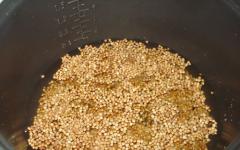Recently, the orchid, like many other room colors, has become a universal gift for any holiday, and anyone can be given such a refined present, and you will certainly delve pleasure to the culprit of the celebration. Orchid in the house - a raisin, who gives any interior of some elegance, so you certainly do not lose them with such a gift. However, what if the flower buds persist or are his roots? It is important to reanimate the Queen of your room garden on time, because each colorland is obliged to save orchid.
Orchid care is a delicate matter, but it is not so complicated as it is considered among beginner flower water. If you adhere to the basic rules and recommendations from care specialists, you will never have to face the problem of drying the stem or orchid leaves. Nevertheless, at the initial stage of growing such a flower, the risk of its wilting or even drying the roots can occur. Why do orchids dry fresh unacceptable buds? There may be several reasons, but mostly two of them:
- incorrect care;
- damage to the flower pests.
Now more. What does wrong care mean? If you have noticed that the flower gradually begins to gradually, and in this case, the entire composite parts of the plant suffer, the reason will undoubtedly lift in the absence of proper and rational care. Leaves and stems of orchids lose color saturation, become sluggish, gradually acquire a yellowish tint - these are the first signs of plant disease, signing about the need to take measures.
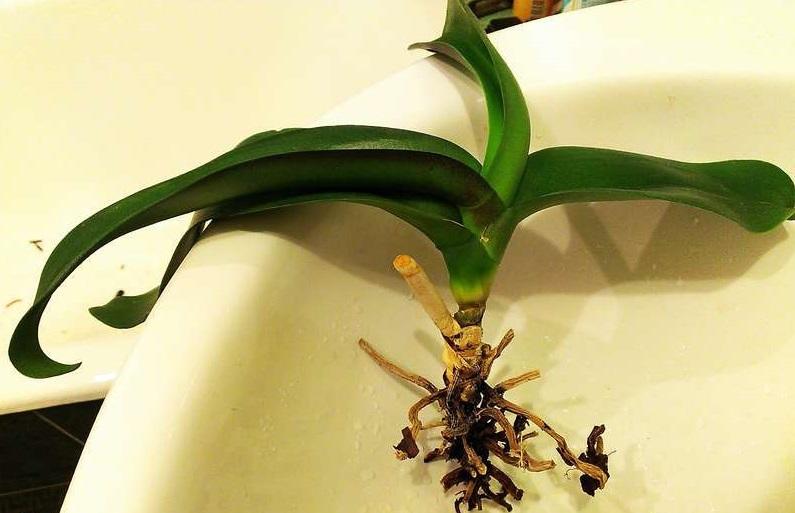
But first will answer the main question: what does the flower drop dry from you? Perhaps this is due to overheating of the plant.
For orchids, there may be pernicious ones under the open sunshine, as it contributes to the rapid evaporation of moisture. High temperature indoors is another enemy of the plant: being in such a microclimate, the flower does not receive the required volume of water. To correct the situation, it is enough to move the flower into a cooler place. After it completely cools, proceed to watering and spraying the stems. But do not expect an instant result: to restore the water balance orchid will be within a few days. In the future, take care of the absence of overheating indoors where your room flower lives.
If the roots of orchids begin to dry, perhaps the case in uncontrolled irrigation. In this case, the plant is gradually rotating, but the roots will suffer primarily. Therefore, orchid should be watering, only when you noticed that the upper word of the soil is a little back. However, do not let the soil dry dry, as the lack of moisture in turn will also bring a lot of trouble.
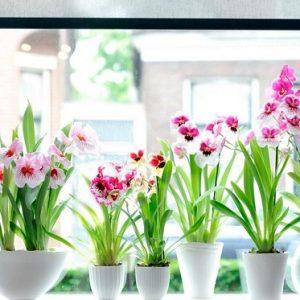


The quality of the earth's mixture is another important factor that has a huge impact on orchid. The soil on which the plant grows should be characterized by the proper level of breathability and water permeability. And directly the quality of the substrate affects the development of the flower. Therefore, it is worth take a rule the need from time to time to plug into a flower pot of fresh land, saturated with components useful for the plant.
In everything you need to observe the measure. If your orchid begins to dry out, it can affect the high concentration of fertilizers that you sat down with earth ground. In this case, the roots of phalaenopsis acquire yellow, reddish or even black, become fragile and very thin. How to solve the problem? It is enough to start removing the affected areas of the plant, and then rearrange it in a half-day, without giving some time access to direct sunlight. 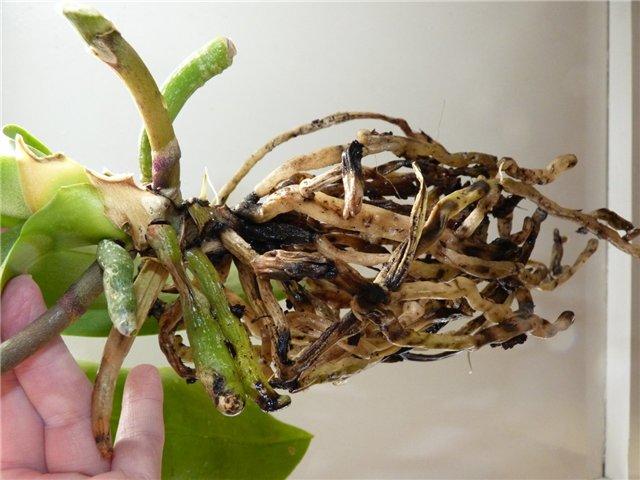
Video "Differences of healthy roots from dry"
From the video you will learn how to distinguish healthy roots from dry or rotten.
Air roots
Often the roots of orchids are not completely hidden in the earth ground. Over time, some of them "crawl" out and grow up at the level of the stalks and leaves of phalaenopsis. What to do in this case? If the number of air roots is non-critical, do not try to deepen them to the ground or and worse - cut off. This is not a deviation from the norm, but only another characteristic of the plant. In addition, in nature, the rhizome of the flower everywhere "pops up" out. 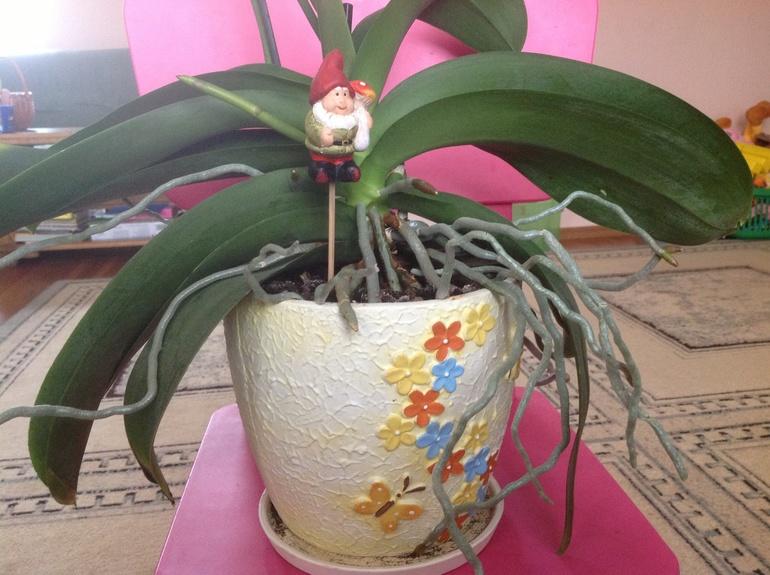
But what if the number of air roots increases the day from day? This is already evidence of significant problems. It is possible that the plant suffers from lack of light or low moisture. And vice versa, if you pour phalaenopcis with water, the roots can simply escape from the rotation in this way. How to determine the reasons for the growing roots?
Everything is simple enough if the roots "sprawl" to the sides, it means that they are looking for water. In the event that they simply stretch up, orchid lacks light.
Sometimes such a growing root occurs, because the plant is already old and is preparing to update. That is, orchid can throw out the new processes of the roots in advance so that later to get rid of the old.
Instructions for resuscitation
What to do if the situation is serious enough, and the leaves from orchid or root dried? Before starting the reanimation process, it should be carefully understood in the basic rules:

It happens that it may not be dying, but the leaves of phalaenopsis. In this case, it is necessary to cut the leaflers in a timely manner, which have turned, started or look like frozen. Do not be afraid that in the desire to remove all the victims of the flower zone, because of certain circumstances, you completely dense the plant. Orchid is quite life-free, therefore it can actively grow and dissolve even after such a serious "cleaning". In any case, your task is to make every effort to reanimate the Queen of the Room Garden. Subsequently, blossoming, she will not please her owners yet.









